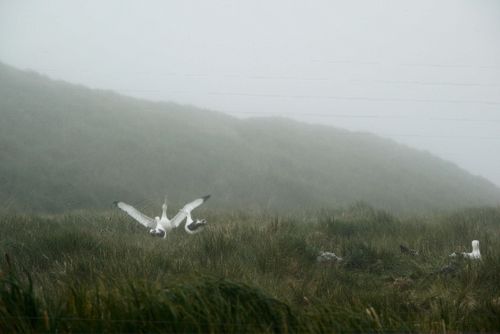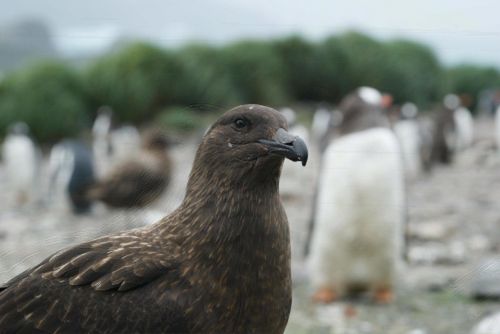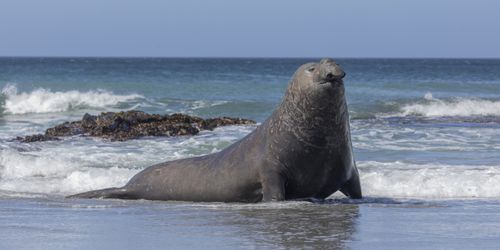The deadly H5N1 bird flu strain has reached the most remote place on Earth
threatening its unique and endangered wildlife, an “alarming” new study of Antarctica has found.
The research also highlights a previously overlooked risk to Australia – the only remaining continent still free of the virus.
The highly pathogenic strain of bird flu, clade 2.3.4.4b H5N1, has swept through bird populations and other wildlife in the US
Europe and Asia, wreaking havoc on poultry and dairy farms and resulting in a number of human deaths.


But experts say it’s only a matter of time.
H5N1 was first detected on the Antarctic island of South Georgia during the 2022-23 summer.
In new research released today in Nature Communications, a team of UK researchers revealed details of the virus’ rapid spread through populations of local birds including black-browed albatross, skuas and kelp gulls on the island as well as the Falkland Islands.
They also found cases among two of the island’s local seal species, including in endangered southern elephant seals.
Due to its extreme conditions and isolation, Antarctica has remained free of many infectious diseases affecting wildlife on other continents.
Genetic analysis by the research team suggested that the virus reached the continent from South America, likely through migratory birds.
Antarctic wildlife expert Dr Jane Younger – an Australian researcher not involved in the study – described the virus’ spread to Antarctica as “an alarming development”.
Genetic analysis by the research team suggested that the virus reached the continent from South America, likely through migratory birds.
“This raises significant concerns about the potential spread of the virus to other areas of Antarctica, especially during the upcoming Antarctic seabird breeding season,” Younger said.

Globally, tens of millions of birds have died of bird flu, with sea birds being hit particularly hard.
While this UK research didn’t examine the Antarctic mainland, another team has detected the virus on the Antarctic peninsula as far back as February of this year.
Because of the peninsula’s distance from Australia, the risk of infected migratory birds travelling from there currently remains low.
However, if the H5N1 strain continues
“The most likely route of virus introduction to Australia remains from Asia, most likely with long-distance migratory birds,” the University of Melbourne’s Dr Michelle Wille said.
“But if/when outbreaks occur in the region of Antarctica that is directly south of Australia, the risk of introduction via this route will change.”



